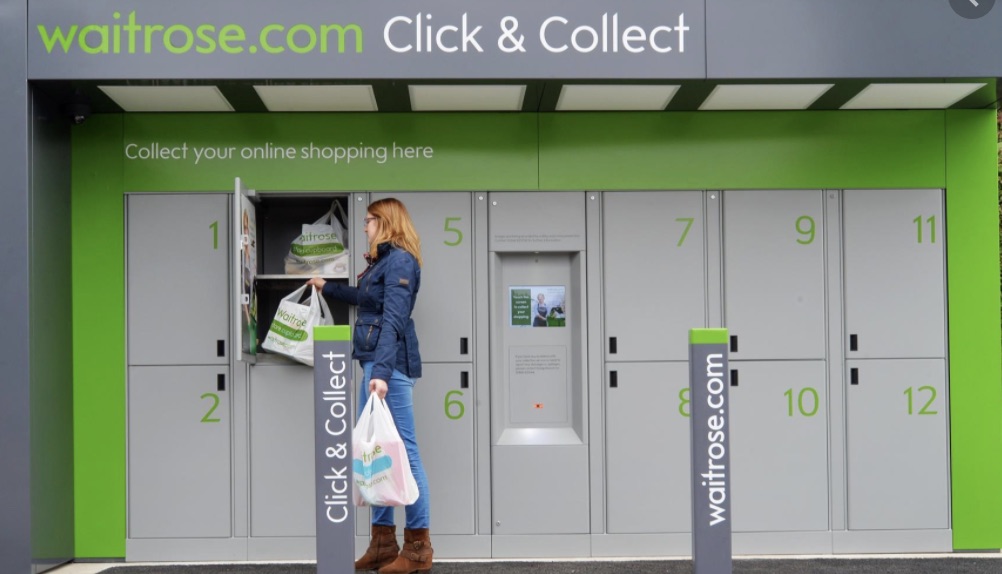Selling during the 2020 holiday season will not be normal. For the first time in its history, the United States Postal Service is imposing a holiday surcharge on commercial packages. The price increases will begin on October 18 and run through December 27, 2020, and range from $0.24 to $1.50 per package.
The temporary price adjustments are attributable to increased expenses and heightened package volume as a result of the Covid-19 pandemic and an expected surge in holiday gift shipping. Consumer and international pricing will not be subject to a surcharge.
For the first time in its history, the United States Postal Service is imposing a holiday surcharge on commercial packages.
The capacity of the USPS is already under strain because of the growth of ecommerce sales since the pandemic began. According to SJ Consulting Group, which focuses on logistics advice, the USPS handled 34 percent of package deliveries in the 2019 holiday shopping season, more than any other carrier.
UPS said its holiday surcharges could total as much as $3 a package for U.S. ground shipments and other lower-priced shipping options, and up to $4 per package for air shipments bound for residences. The fees depend on the percentage increase in volume for each customer from February 2020.
However, the surcharges apply only to customers who ship more than 25,000 packages a week. The increases will start on November 15 and stay in effect until January 16, 2021. Large packages will incur a surcharge of $50 from October 4, 2020, until January 16, 2021. Effective October 18, rates for all UPS SurePost services (last-mile delivery by USPS) will increase by $0.24.
FedEx stated that its holiday surcharges would mostly affect larger customers. FedEx SmartPost, the home delivery service, which, like UPS SurePost, transfers to the USPS for the final stretch, will impose a $1 per package surcharge from November 2, 2020, to November 29, 2020. That increases to $2 per package from November 30, 2020, to December 6, 2020, and reverts to $1 per package from December 7, 2020, to January 17, 2021.
FedEx will also charge as much as $5 a package on its premium Express service for large shippers whose volume far exceeds normal levels. FedEx currently has surcharges for applicable home delivery and SmartPost shipments in place until November 1, 2020, as a result of increased volume due to Covid-19.
Ramifications
While omnichannel merchants can encourage click-and-collect options (in-store or curbside pick-up), online merchants have fewer choices. Thus far, no major merchant has announced an end to free shipping. Many analysts believe consumers still expect free shipping during the holidays, although they are willing to wait longer for packages to arrive.
Increased costs, coupled with the possibility of delayed package delivery due to the USPS’s elimination of overtime, present hard decisions for merchants: absorb the additional cost, pass it on to customers, or find another shipping option.
Etsy CEO Josh Silverman has written to Congress asking for emergency funding to USPS. He stated, “The vast majority of U.S. Etsy sellers — 91% — rely on USPS to deliver their packages to consumers. USPS is particularly important for our sellers who live in rural communities, where USPS may be the only carrier available to them.”
Amazon recently told marketplace sellers it would enforce quantity limits on inventory at Amazon’s U.S. warehouses to guarantee space for the fastest-selling goods. This change could force merchants who sell non-essential (slow-moving) goods to shift inventory storage to other, less-costly options.
Solutions for Ecommerce Merchants
- Start holiday sales in early October. Entice customers with a “buy before” date to avoid a surcharge. Most large retail chains are starting sales in October and spreading them out over several weeks. Online sellers could do that, too.
- Open pop-up stores. While many direct-to-consumer merchants closed their brick-and-mortar stores during the lockdown phase of the pandemic, this may be a good time to open. Many empty storefronts exist in malls and on streets. Landlords would likely welcome temporary tenants that could use the storefronts for click-and-collect as well as returns.
- Forge alliances with brick-and-mortar retailers. Some physical stores and grocery chains are partnering with other retailers for click-and-collect pick-ups. Ecommerce sellers could likely participate, too. In the U.K., for example, the John Lewis Partnership, which operates department stores and the Waitrose chain of grocery stores, signed deals this summer to provide both click-and-collect and returns services for other merchants.

Brick-and-mortar chains are offering click-and-collect services to their own customers as well as those of unrelated merchants. This example of pick-up lockers is from Waitrose, a U.K. grocery chain. Image: The Grocer.
Alternatives
The key for all merchants this 2020 holiday season is flexibility and redundancy. Merchants should line up alternative carriers and warehouse providers to quickly pivot as needed.







